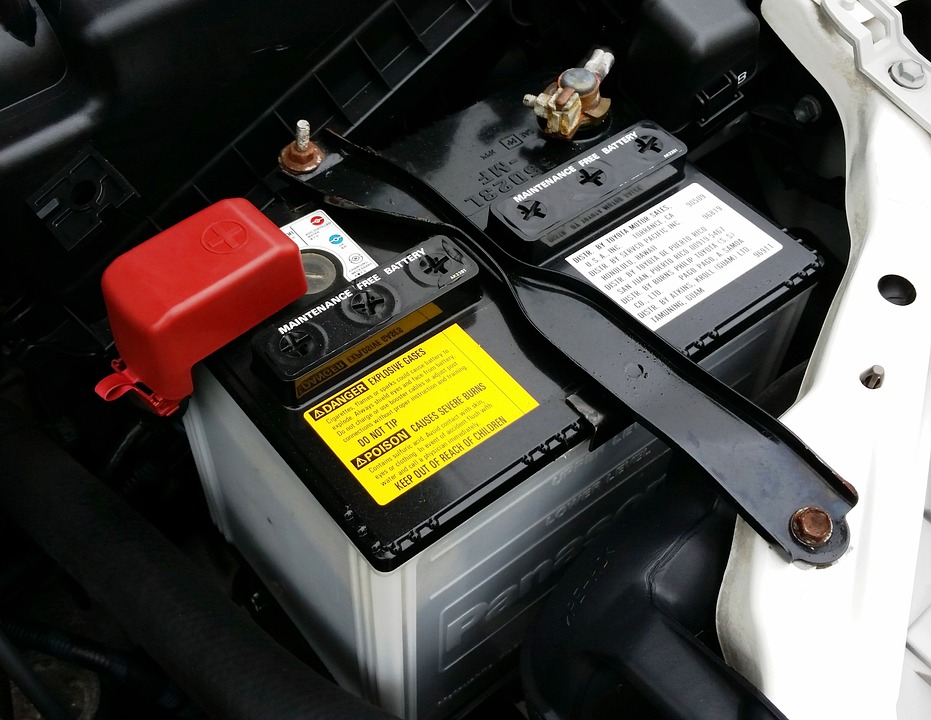How to Test Your Car Battery with a Multimeter

The battery plays a critical role in the function of modern-day automobiles. Among other things, it supplies the electrical power needed for all electrical systems in the vehicle, including lighting, climate control, ignition, etc. Without a functional, battery, these systems would cease to function.
With that said, a typical car battery will last for approximately six years under "normal" conditions. If you live in region that experiences extreme temperatures and/or humidity, your battery may die sooner.
It's frustrating when you get ready to leave your house, only to discover that your car battery is dead. Maybe you have a second vehicle, or perhaps you can hitch a ride from a friend or family member. Nonetheless, you'll still have to replace your battery to get your car back up and running. The good news is that you can prevent such problems by testing your battery on a regular basis. Doing so will reveal how much charge it has, and whether or not you need to replace it.
Here are the steps to testing your battery using a multimeter:
- Turn your ignition off
- Disconnect your battery from the positive terminal
- Connect the positive lead from your multimeter to the positive terminal on your battery
- Connect the negative lead from your multimeter to the negative terminal on your battery.
- Inspect the reading of your multimeter. If the battery is healthy with a strong charge, it should read a voltage of 12.4 to 12.7 volts. If the voltage reading is lower than 12.4 volts, the battery needs to be charged or replaced. If the reading is lower than 12.2 bolts, you should perform a trickle charge by slowly recharging it.
Keep in mind that a dead battery doesn't necessarily mean a "bad" battery. If your alternator is broken or otherwise not working, for instance, it won't charge the battery as you drive, in which case the battery will simply die.
In addition to using a multimeter, you should also perform a visual inspection of your battery and its terminals on a regular basis. If you see corrosion around the terminals, it could restrict the flow of electricity from the battery to your car. You can typically clean corrosion, however, with baking soda and a wire scrub brush. The baking soda helps to neutralize any spilled acid, allowing for quick and easy cleaning.
Recent Posts
-
Fire Safety in the Workplace: What You Need to Know
What steps are you taking to prevent fires in your workplace? According to the U.S. Occupational Saf …Aug 23rd 2023 -
Is It Safe to Go Jogging With a Cold Infection?
If you're suffering from a cold infection, you might be wondering whether it's safe to go jogging. T …Aug 22nd 2023 -
5 Safety Tips to Follow When Using a Powder-Actuated Tool
Powder-actuated tools are commonly used to join materials to steel and concrete. Also known as Hilti …Aug 20th 2023




